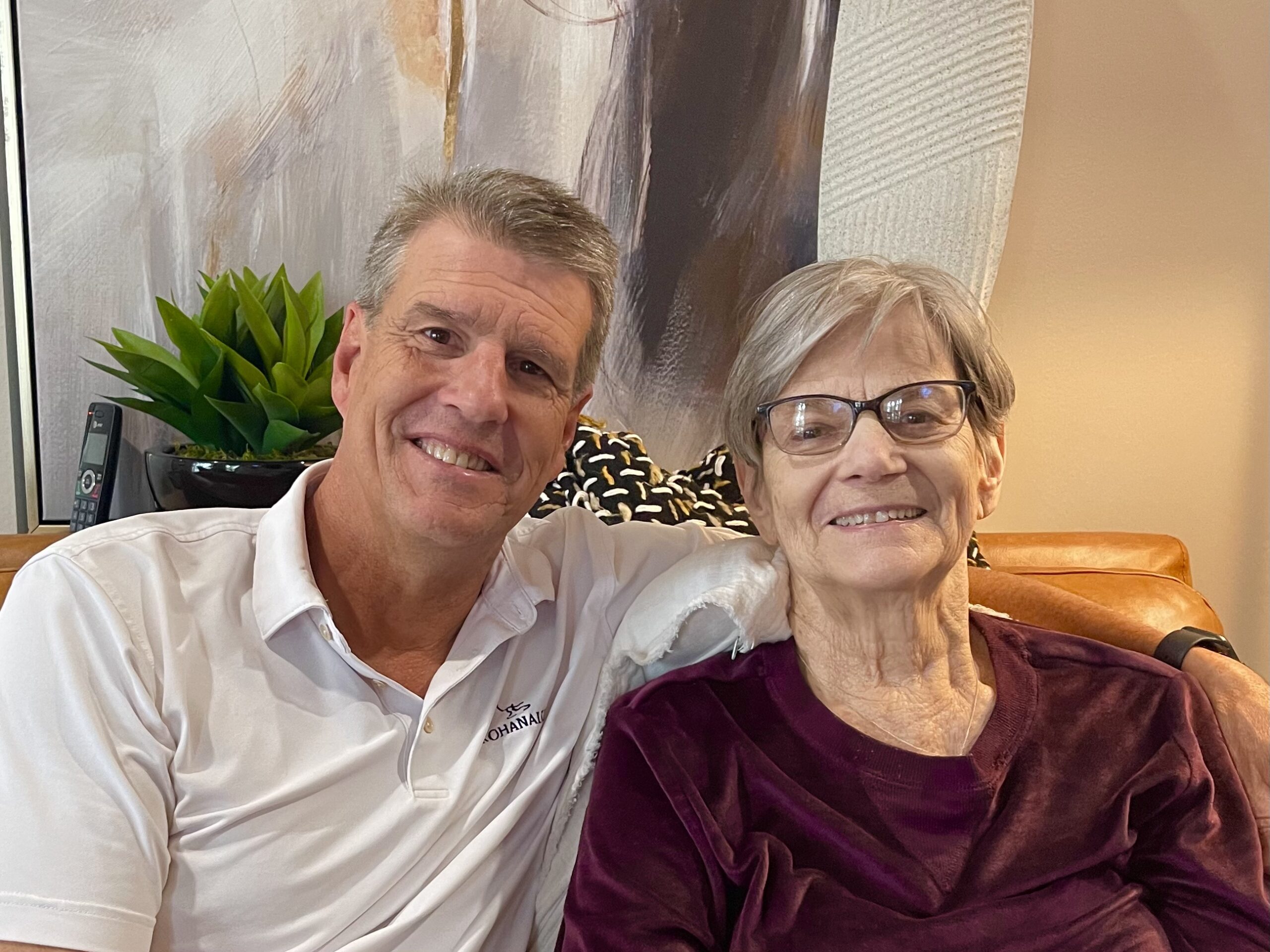
My Mom vs. Dementia: Sadly, Dementia is Winning
November 11, 2023
From the time I was 6 until I was 14, we lived in a two-story house on a busy street in North Little Rock, Arkansas. I scored my own (very small) bedroom upstairs. It was directly above the baby grand piano, where my mom would spend hours in the evenings practicing and playing. She started […]
Dementia / Family / Longevity / top
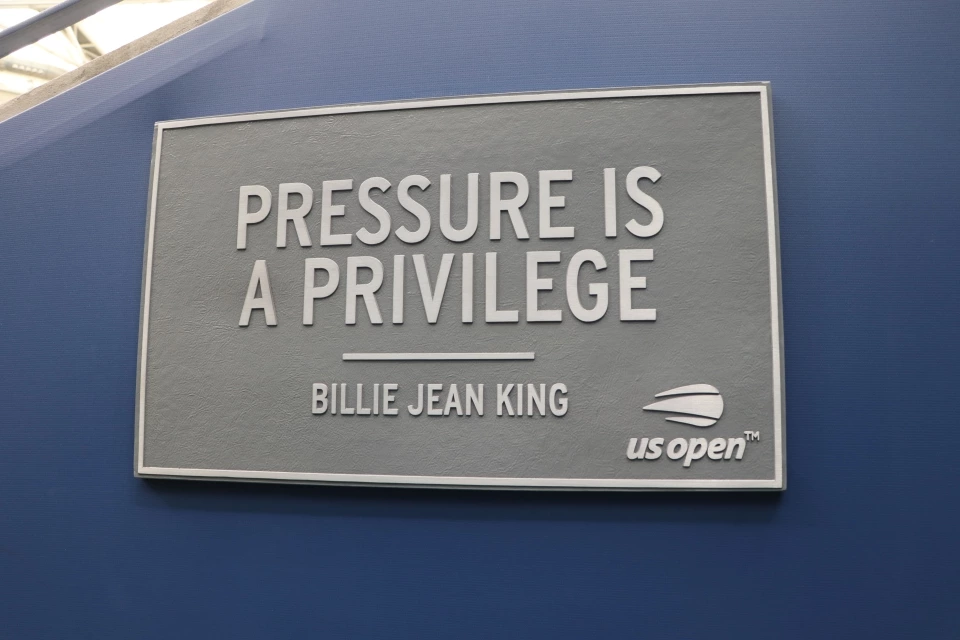
Pressure is a Privilege
September 15, 2023
I always appreciate my friend Mikke for his humor, fantasy football banter, and his sense of adventure. But way more than that, I appreciate him because he is a very wise man who has listened and helped me to be my best on numerous occasions. He now serves as an executive coach, and he has […]
Billie Jean King / Tennis / top
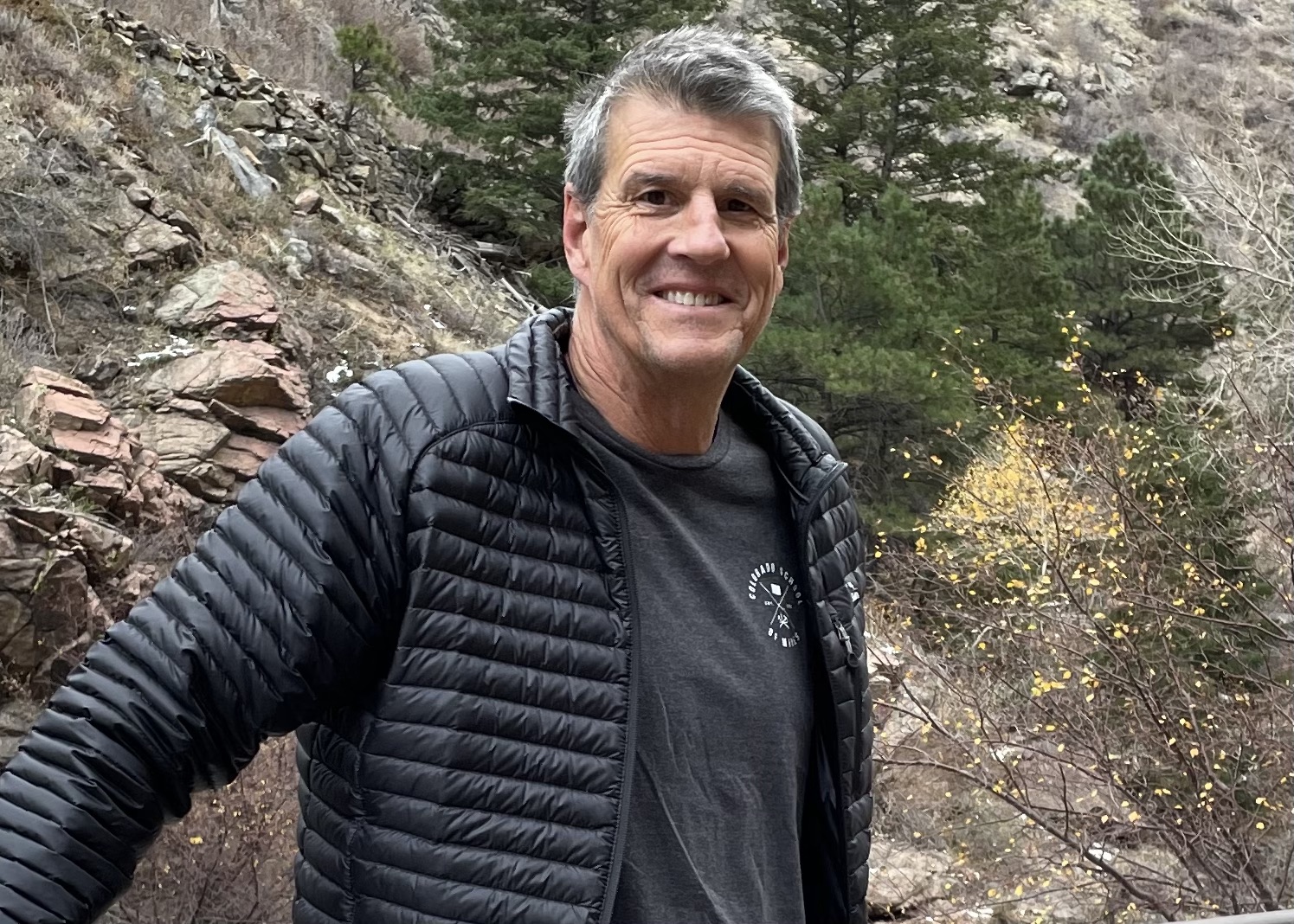
61 Life Lessons – A Work in Progress
March 12, 2023
I turn 61 years old this week. Hopefully, I am both older and wiser. I recently heard wisdom described as lessons you have learned in your life once you shed the associated emotion. I like that. A friend shared an article that Jon Gordon wrote when he turned 52, in which he shared 52 lessons […]
Life Long Learner / top / Wisdom
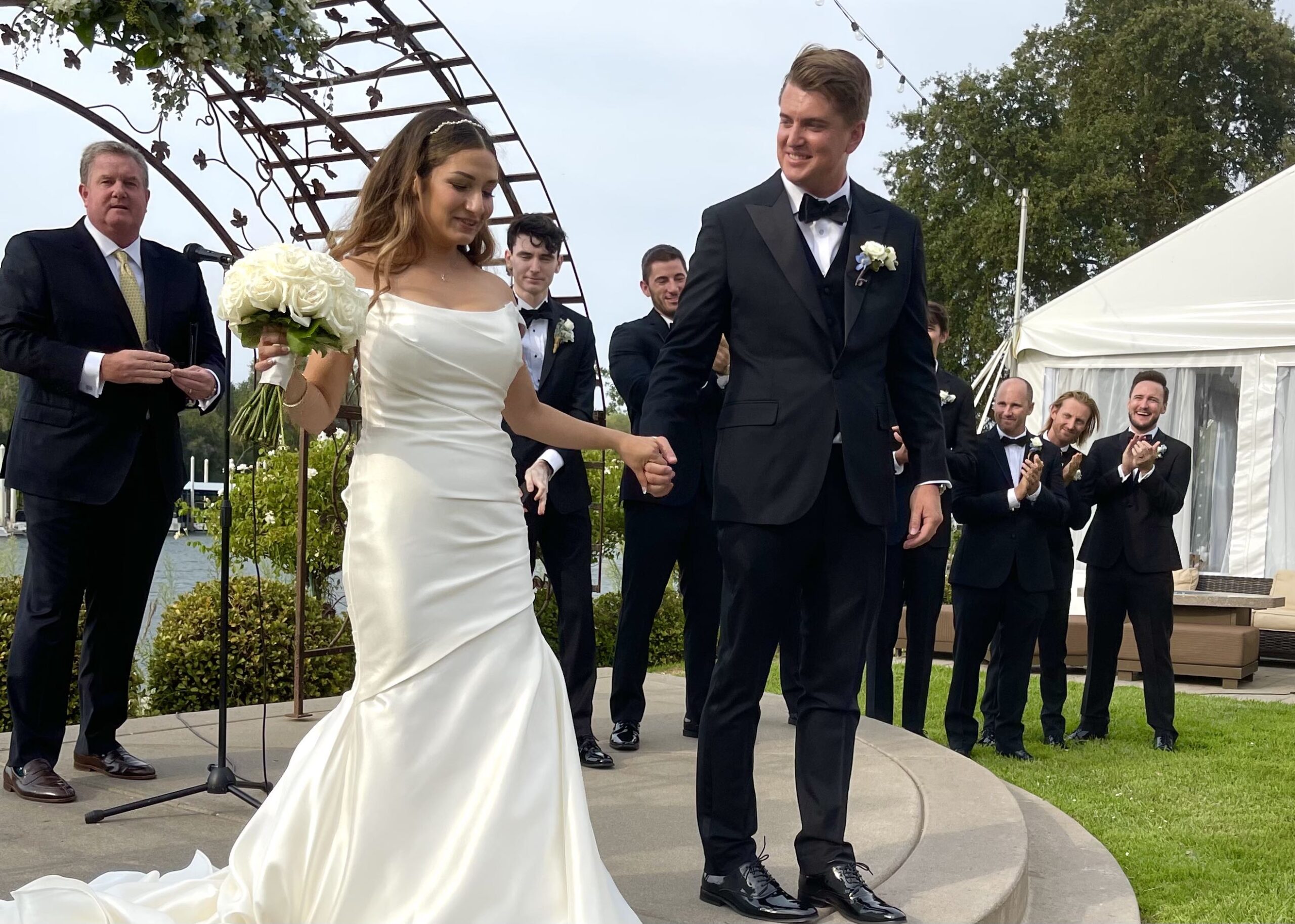
For the Beautifully Better, and Overcoming the Worse
September 15, 2022
We had a wedding last weekend. It was perfect. Well, it was as perfect as life these days would allow it to be. Let’s start off with the challenges. First of all, and damn you COVID-19 for still existing, finding a venue for this wedding was stupid crazy hard. Ryan and Yesi scoured Sacramento for […]
Kelley DIdion / Ryan Matthews / Sean Matthews / Steve Didion / top / Wedding / Westin Sacramento / Yesenia Rosas

Failing at Retirement – Parts One and Two
June 30, 2022
I have loved not working. Transitioning from a 60 to 80-hour work week to a 0-hour work week was easier than I ever imagined. I have rested, lost weight and become healthier overall, organized my life, increased my time spent on hobbies I love, and avoided being such a pain that my wife wanted me […]
El Segundo Unified School District / ESUSD / PYLUSD / retirement / top
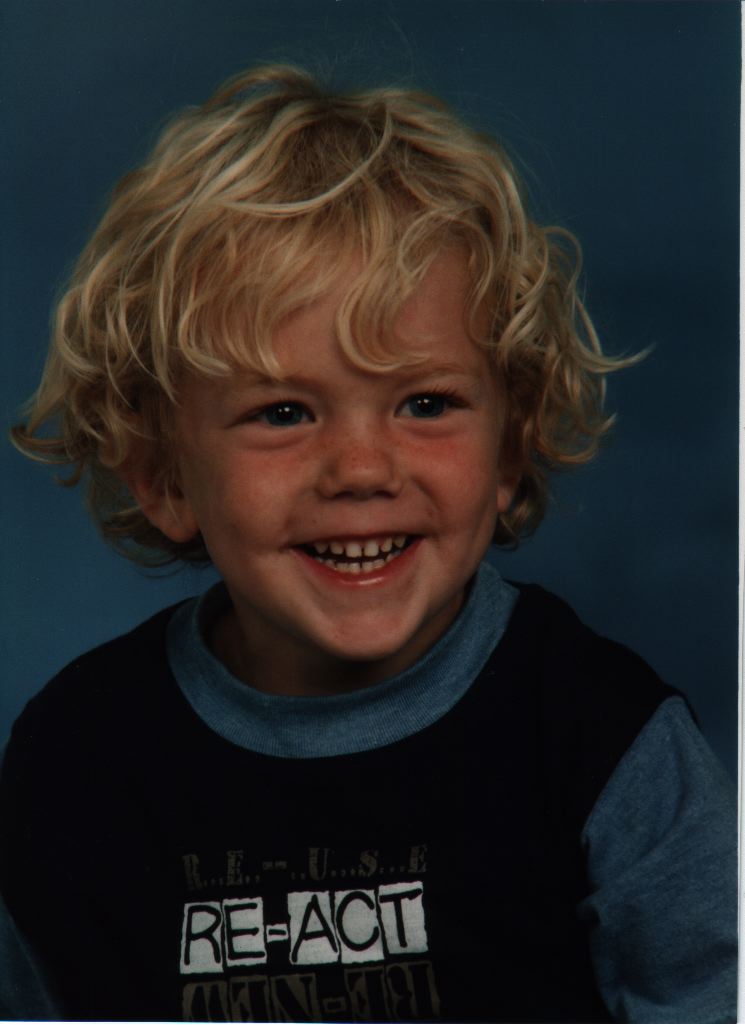
Sean
May 4, 2022
Gravity feels a little more forceful today. Back in my high school physics class, Father Fred taught us that gravity pulls us down at a rate of 9.8 meters per second squared. Today feels like a double-digit day. It’s harder to do just about everything. You see, today would have been my son Sean’s 29th […]
Compassionate Friends / Gyorgy / Melancolie / Sandy Casey / Sean Michael Matthews / top
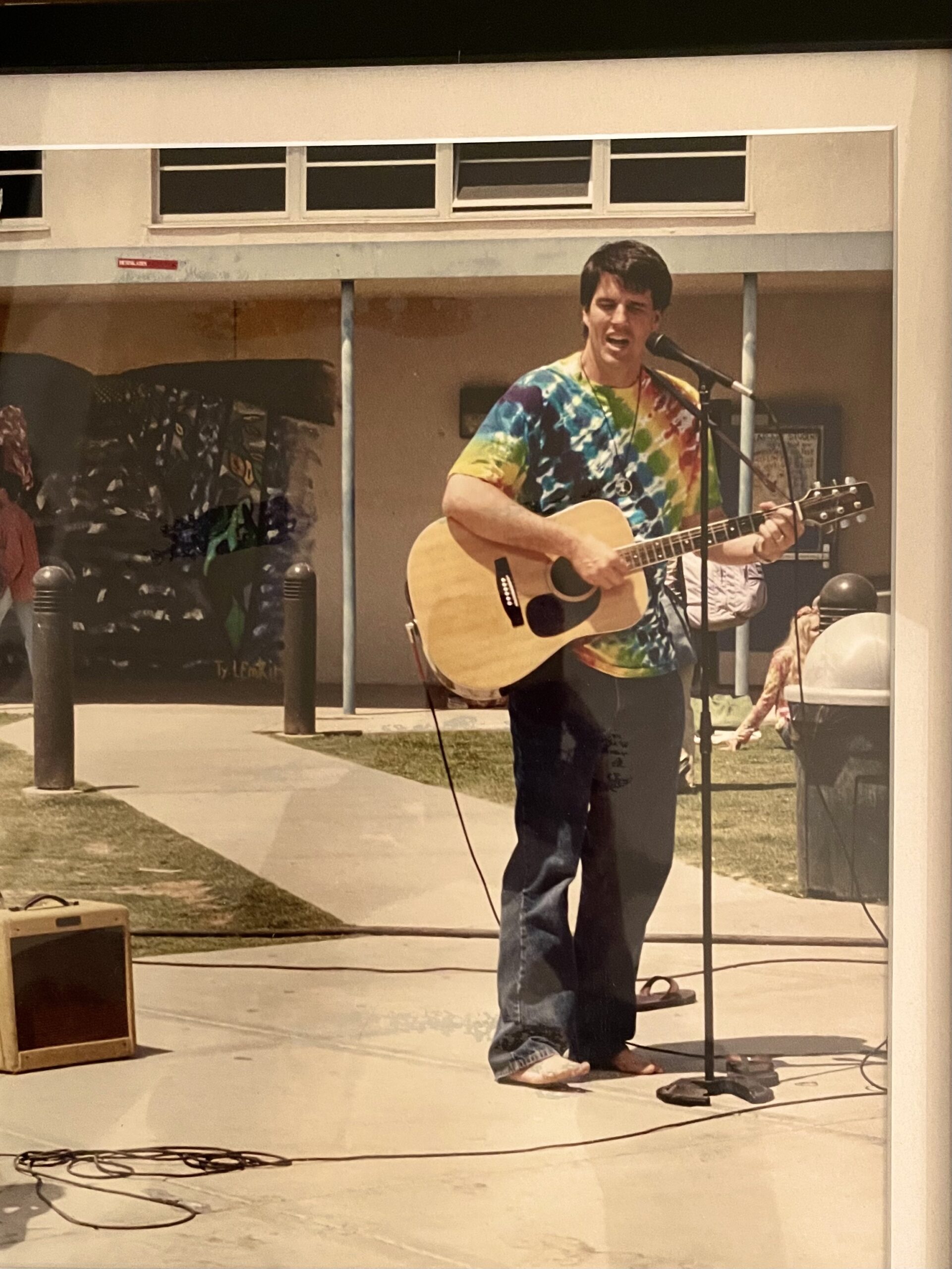
Is Retirement the Life for Me?
April 16, 2022
If you started singing the theme song from Green Acres when you saw that title, you may (1) way too impacted by afternoon tv in the 1970s, and (2) also be considering this question. August 31 was my last official day at work in my job as a school superintendent. For almost eight months, I […]
Animal House / retirement / Sitting is the New Smoking / street musician / Superintendent / top
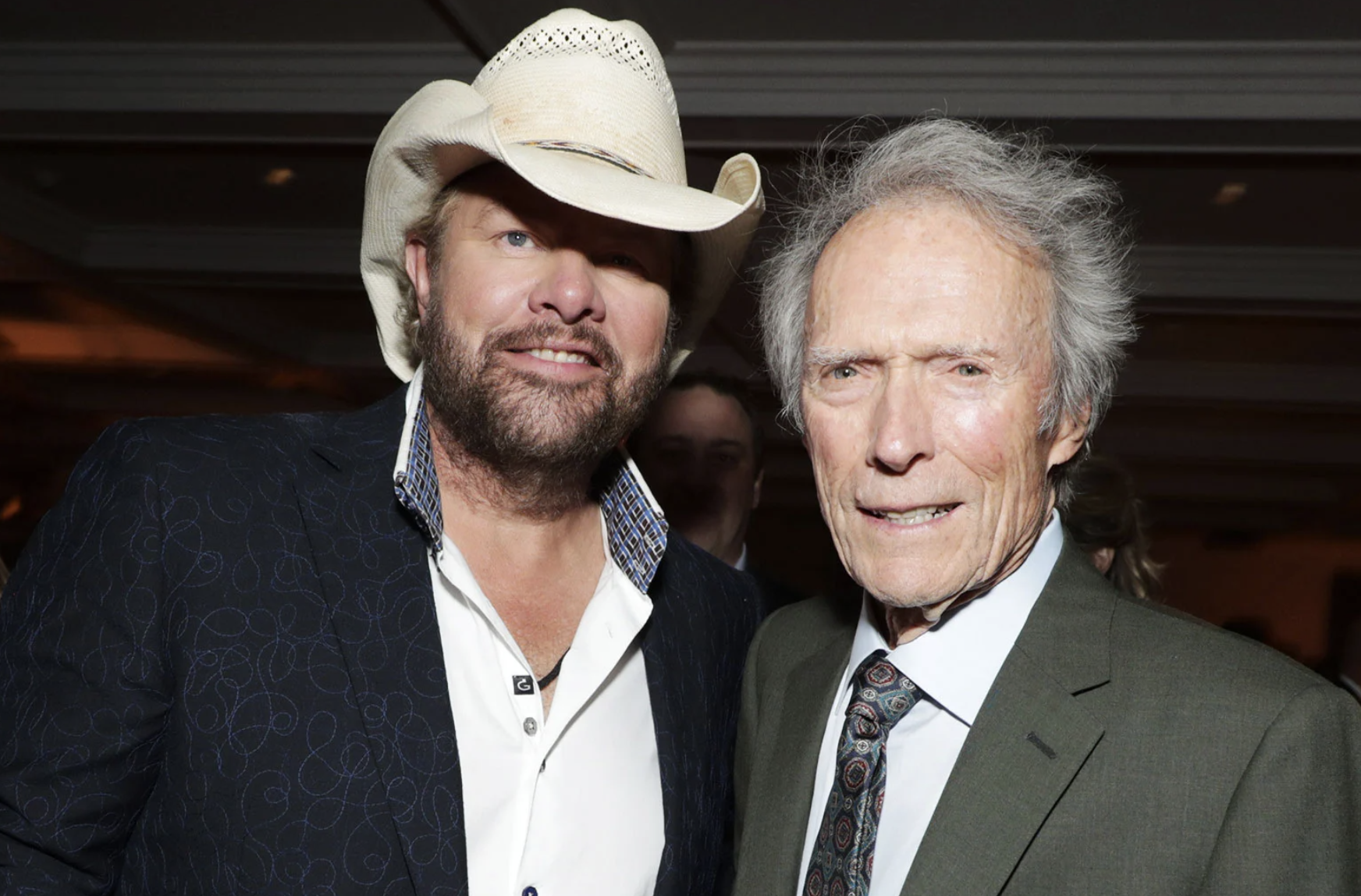
Sing It With Me! Don’t Let the Old Man In
February 3, 2022
I was talking to my friend Kevin last week. Kevin and I have ventured through our public education careers with similar jobs as teachers, high school principals, and finally as superintendents. He has been a mentor and a friend for over 30 years, and I truly appreciate our bond and understanding of one another. Kevin […]
aging / cathy applefeld olson / chris crowley / clint eastwood / don't let the old man in / eric charbonneau / in-n-out / perpetual youth / retirement / Risky Business / the mule / toby keith / top / younger next year

Critical Race Theory – A Superintendent and History Teacher’s Perspective
October 19, 2021
Critical Race Theory. It’s something I had never heard of until September of last year. And then, I began getting very angry emails and people started coming to board meetings to demand that we stop teaching it. The questions were very much like ones featured in the first-ever school board meeting parody on Saturday Night […]
critical race theory / MBUSD / SNL / Superintendent / top

Ladybugs and Dogs( Reflections of School and Life in the Midst of COVID-19 (#9, April 25, 2020)
April 25, 2020
It may have been the most thoughtless senior prank I ever experienced. As a former high school principal, I don’t love senior pranks. Usually, very little thought goes into them, and they end up being destructive, damaging, or time consuming. Occasionally though — and I mean very occasionally — a group of seniors pulls off […]
Blog / COVID-19 / Dogs / Ladybugs / Malibu High School / MBUSD / Superintendent / top









